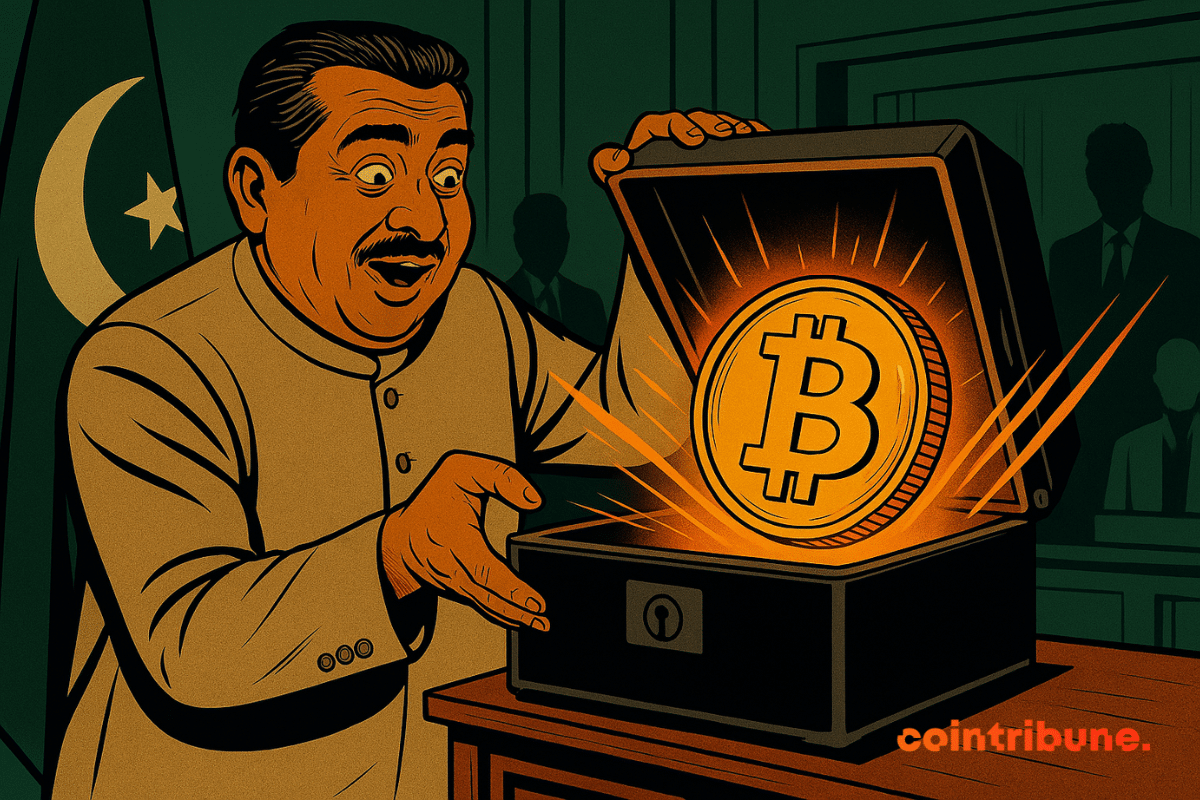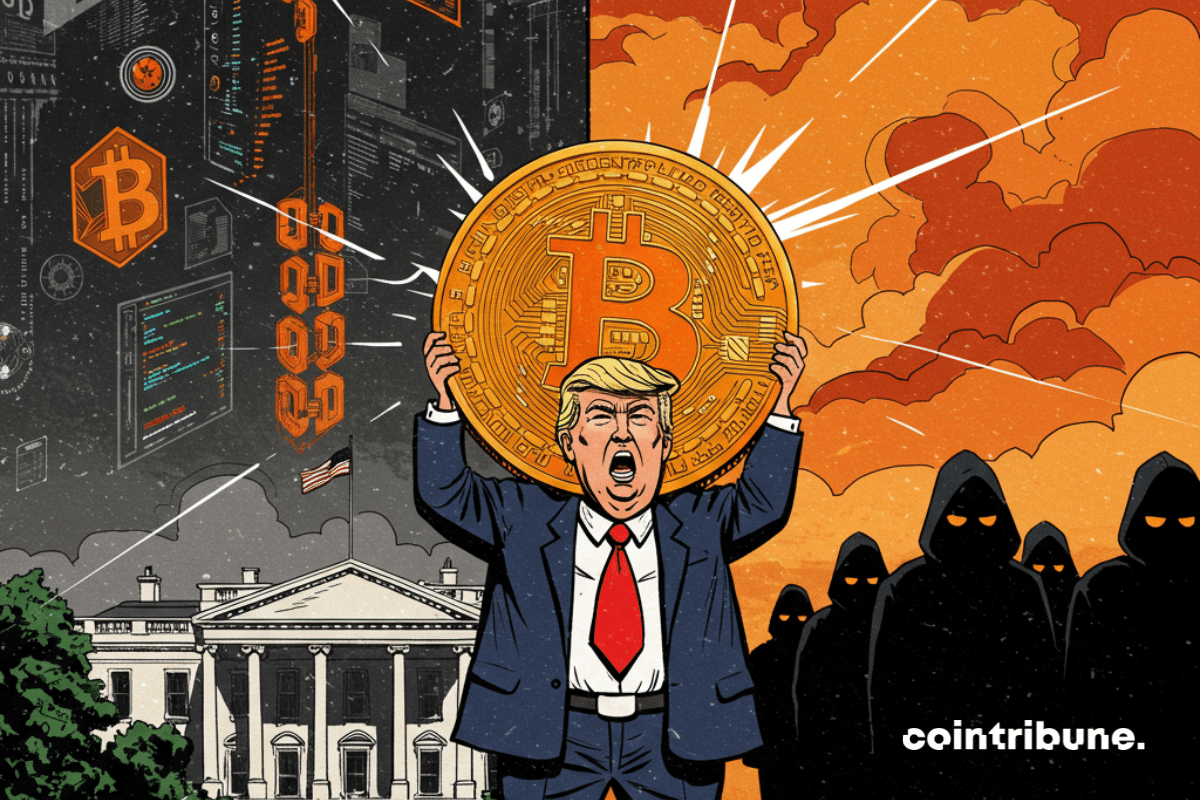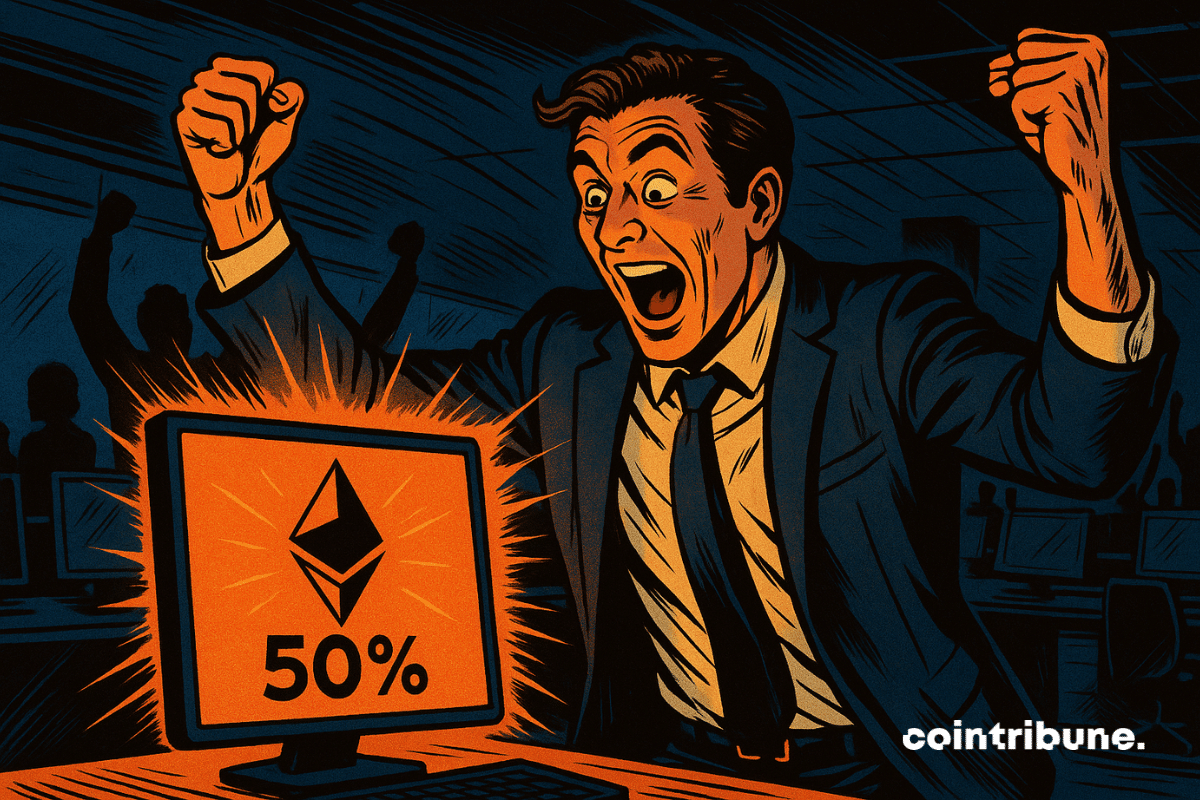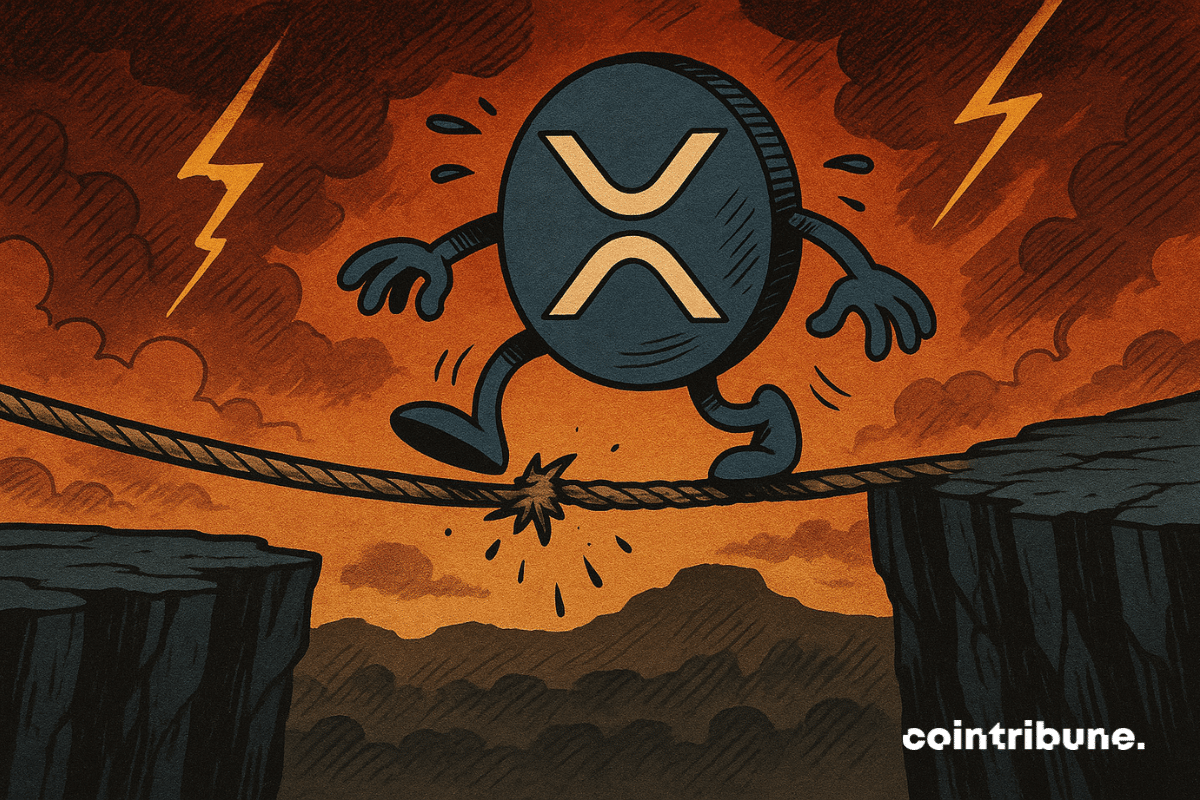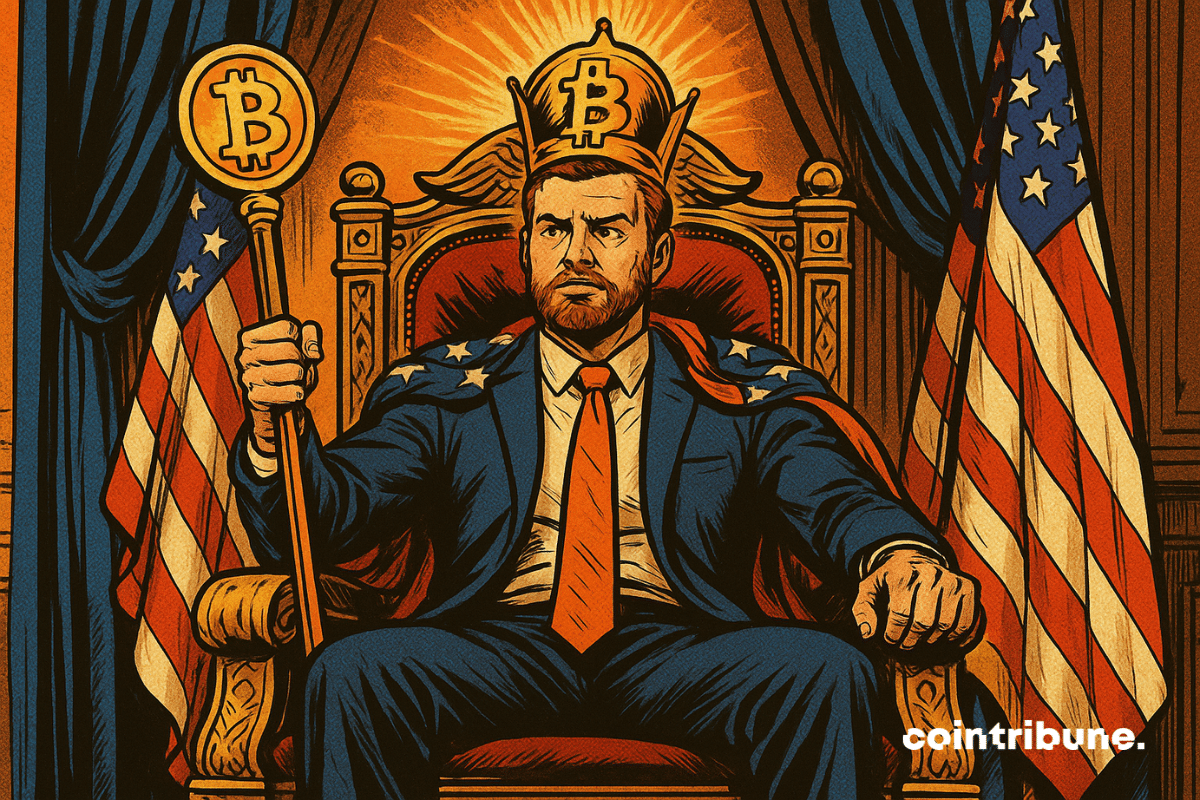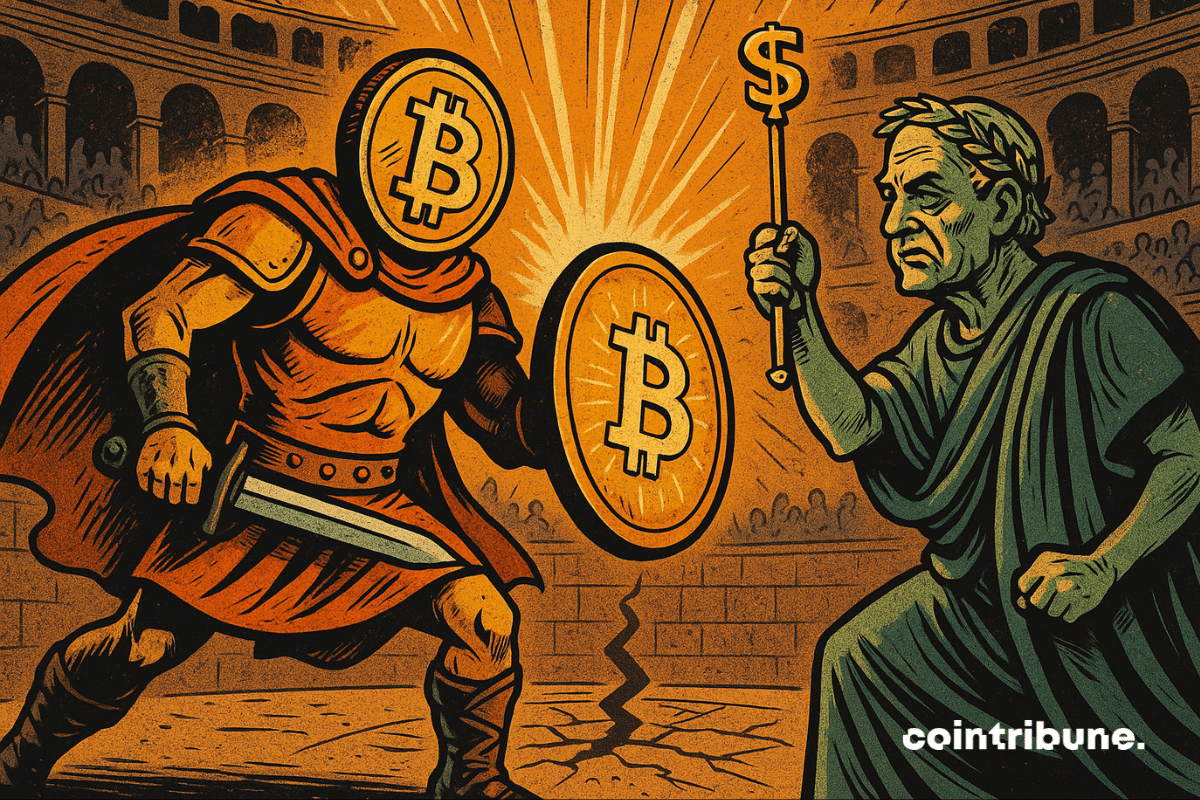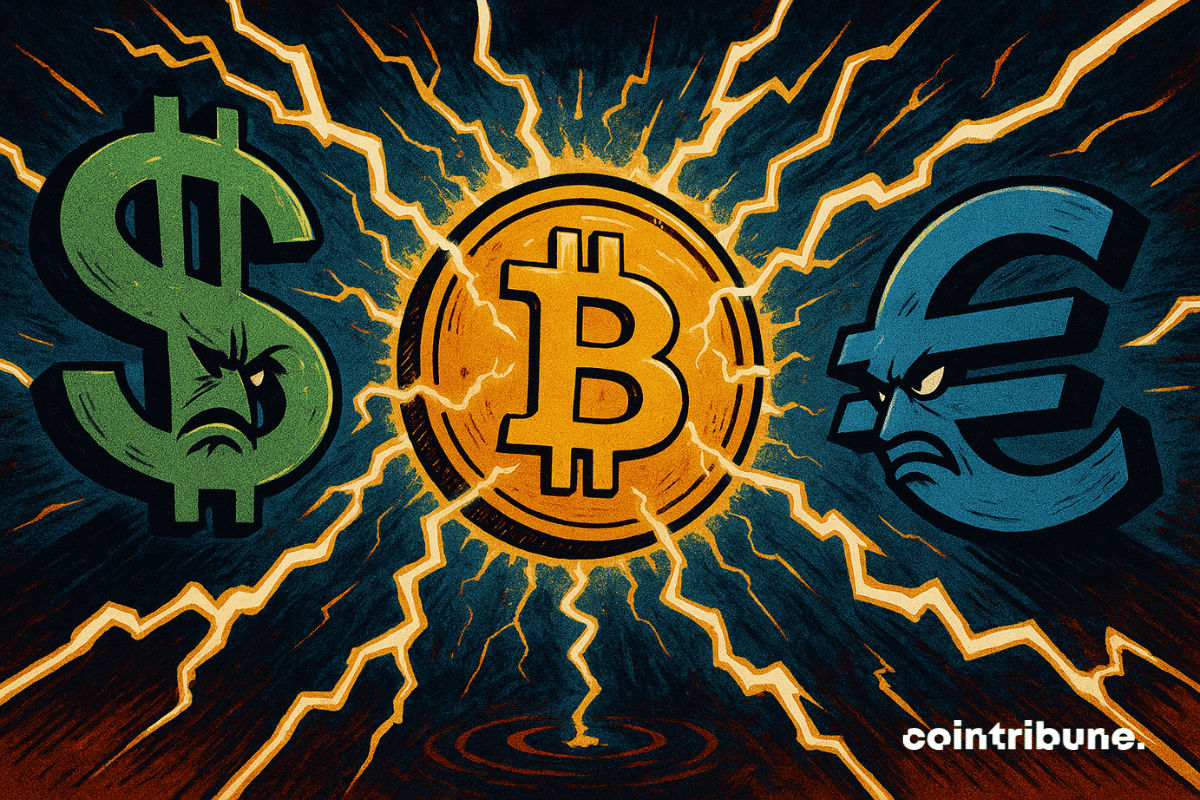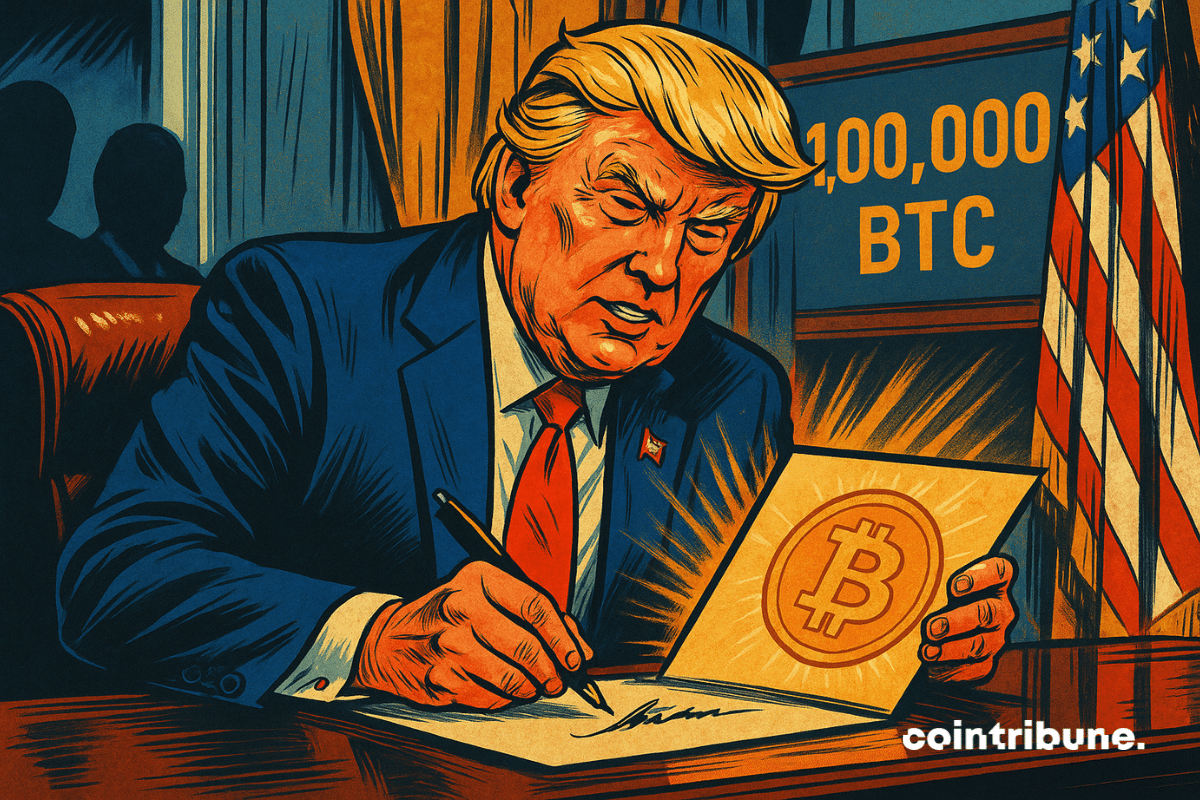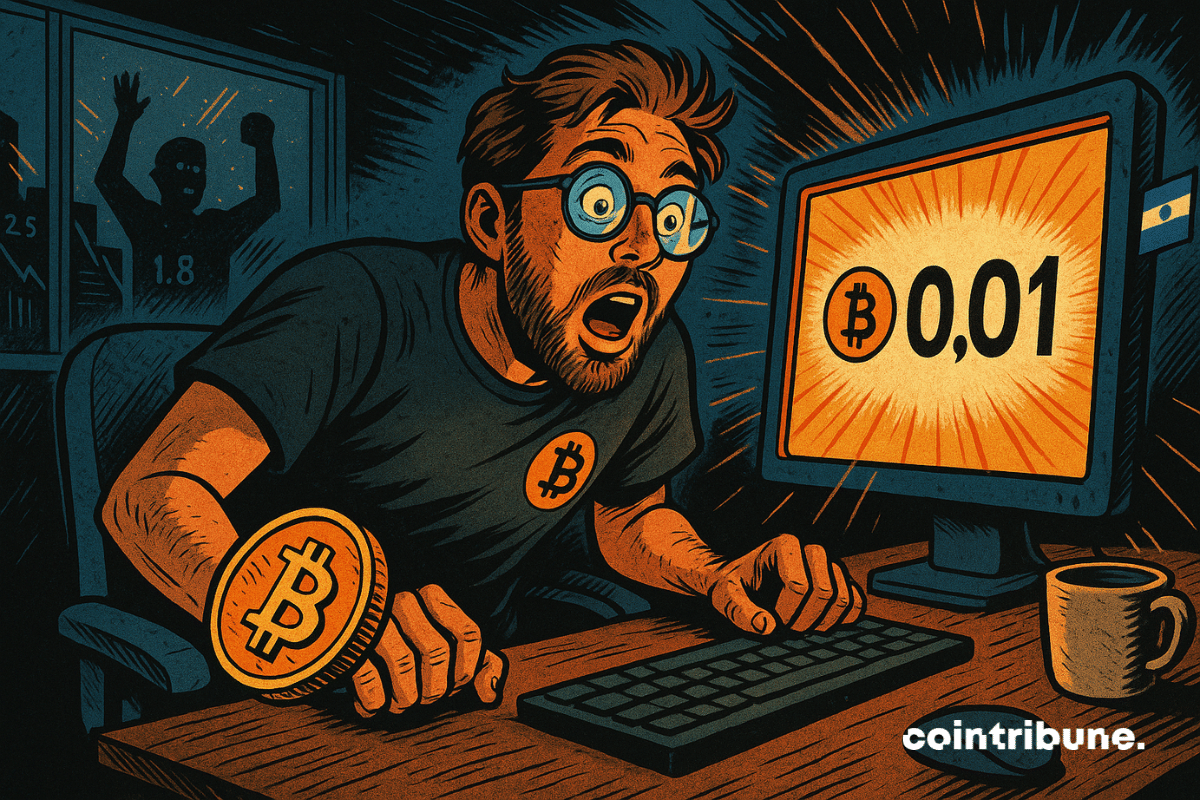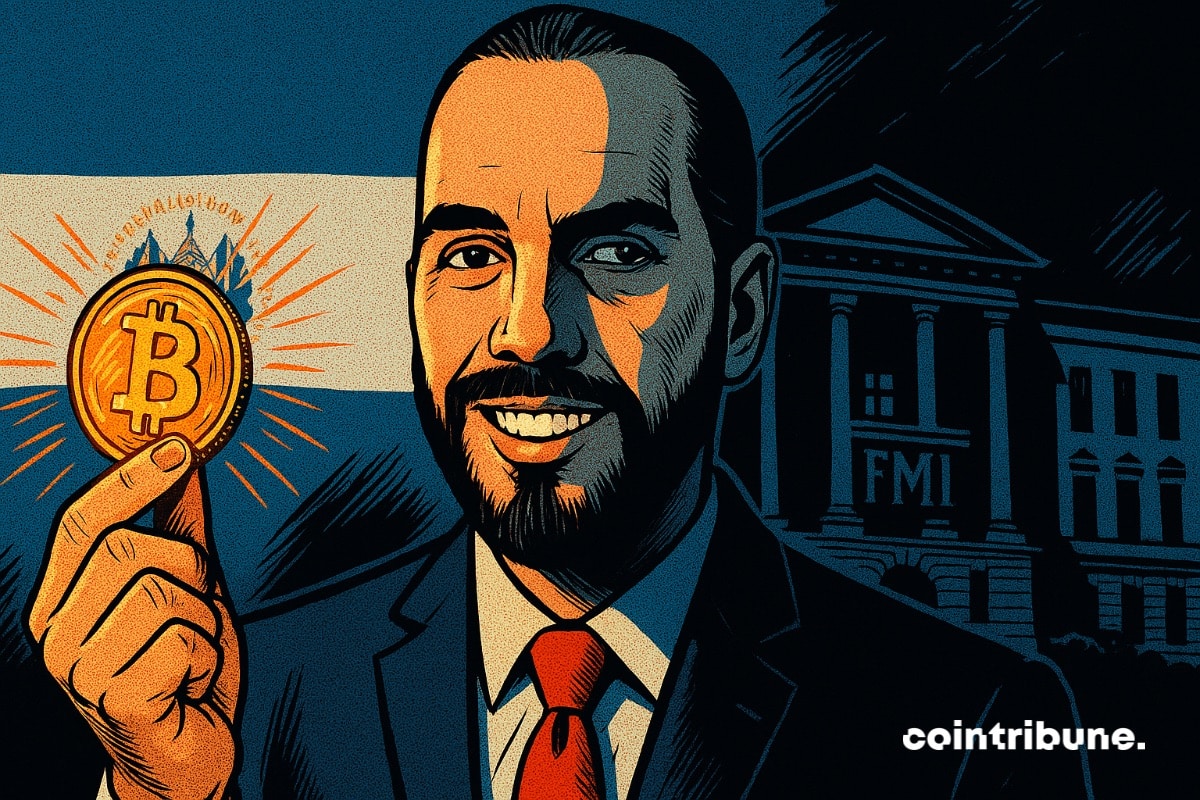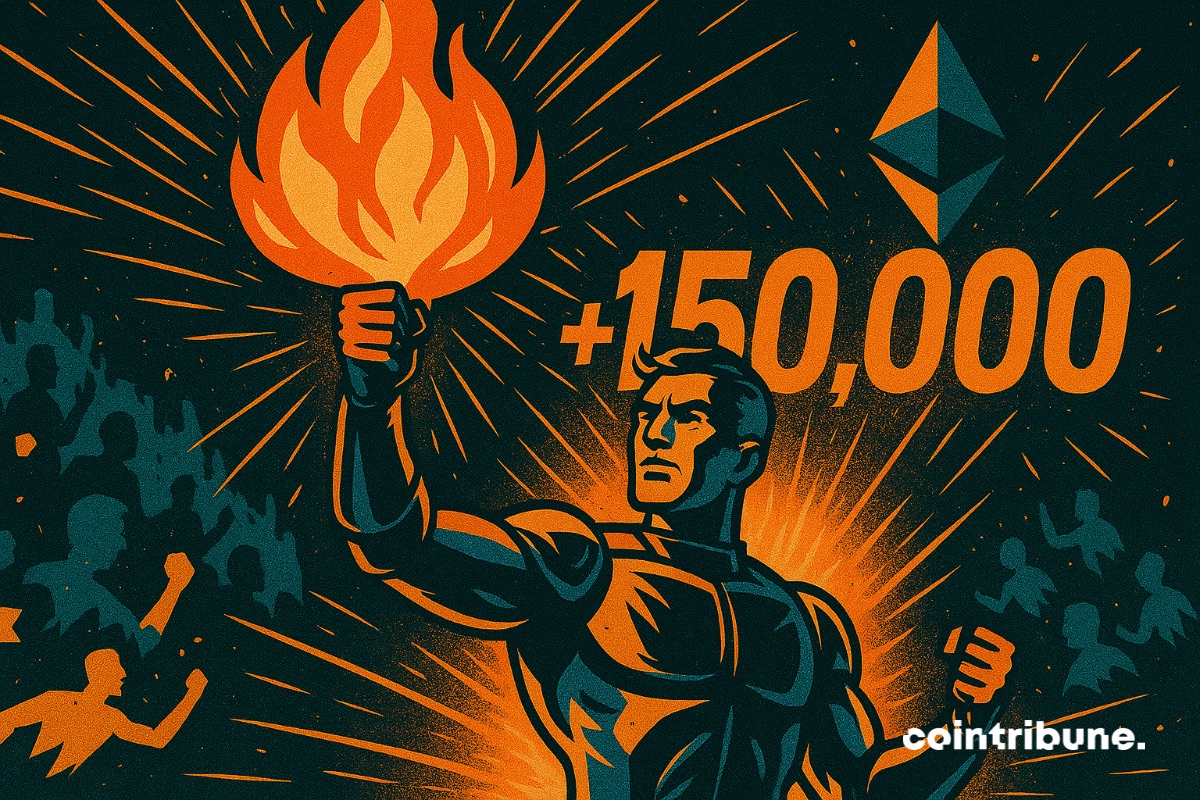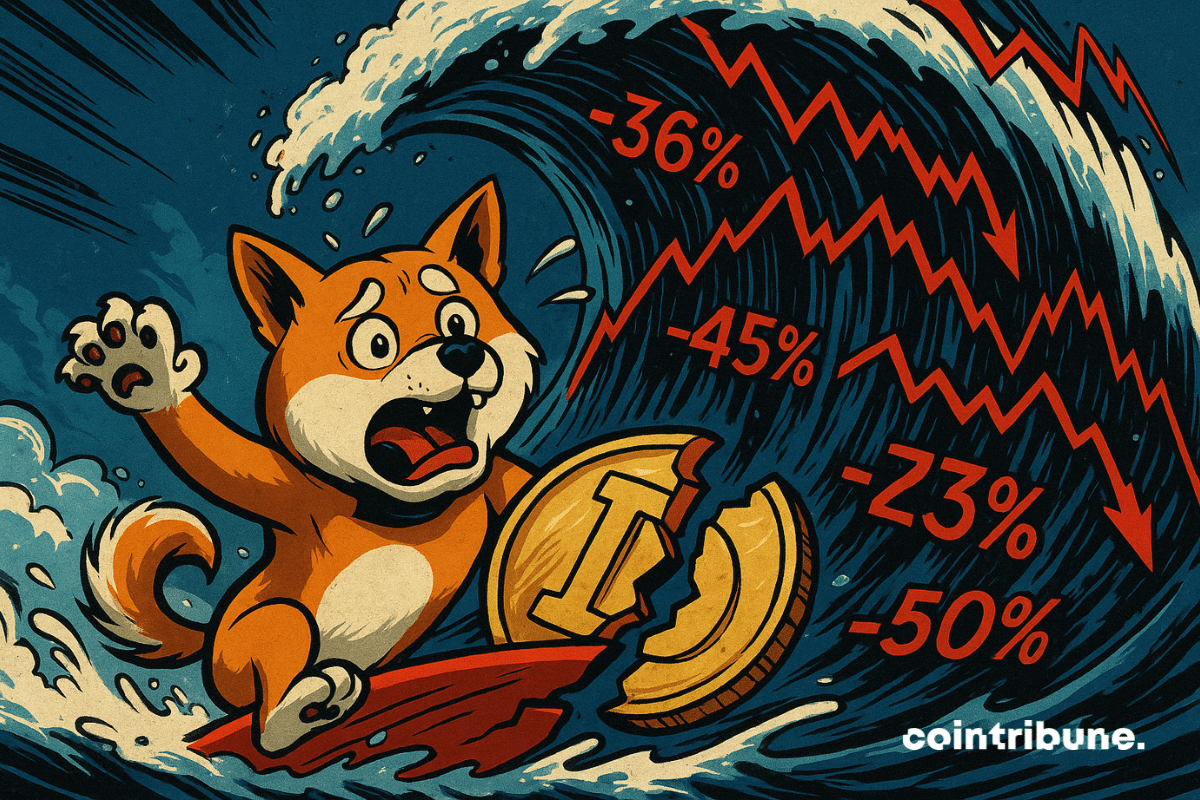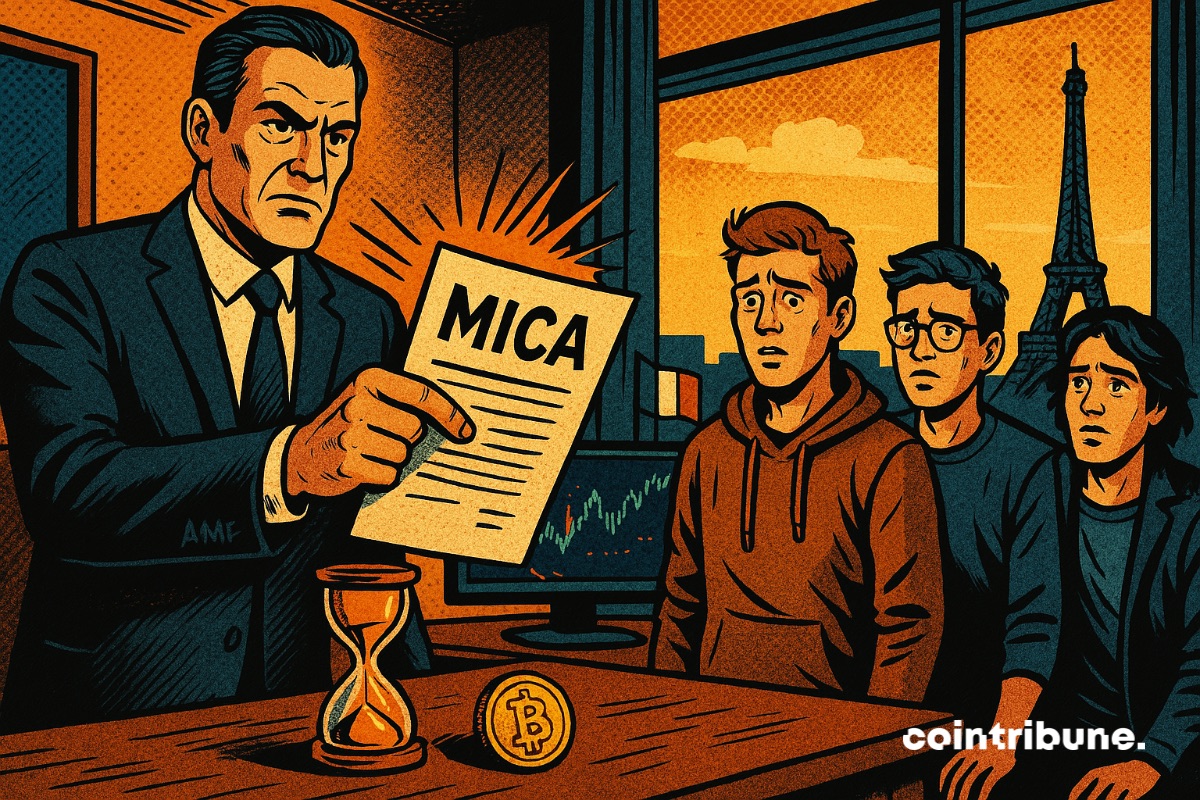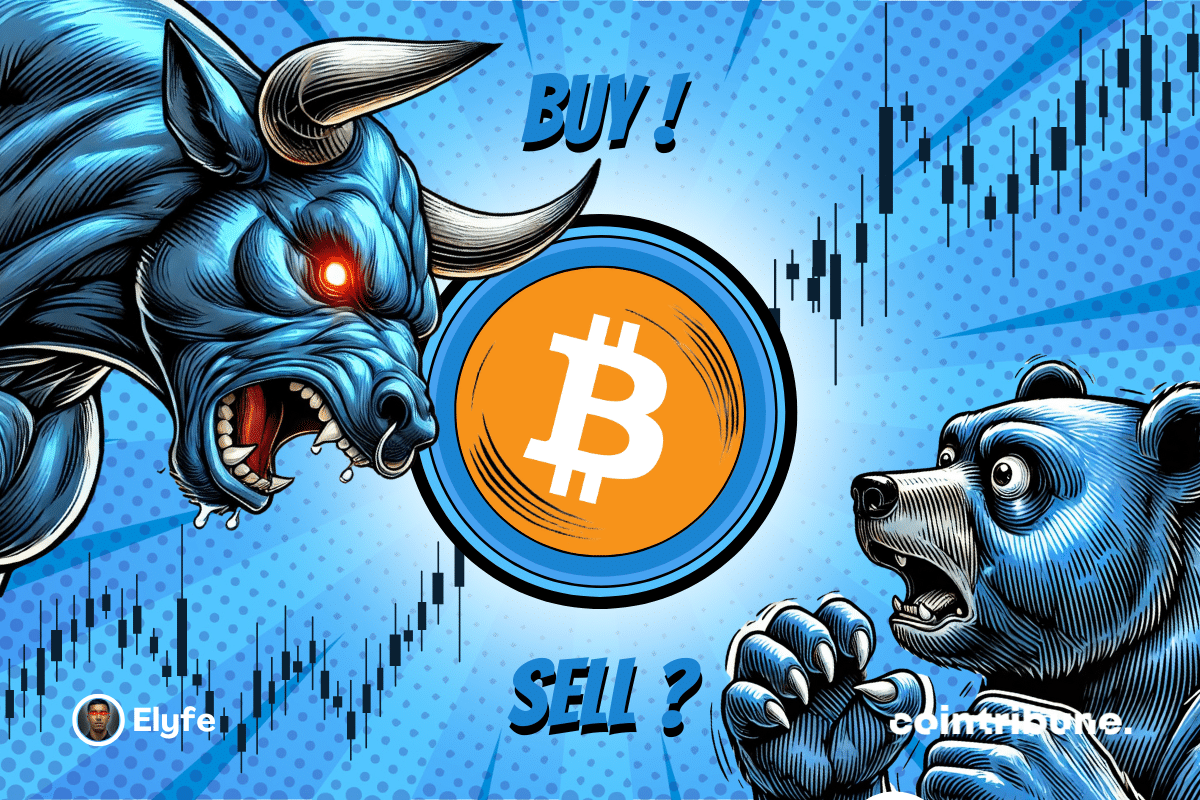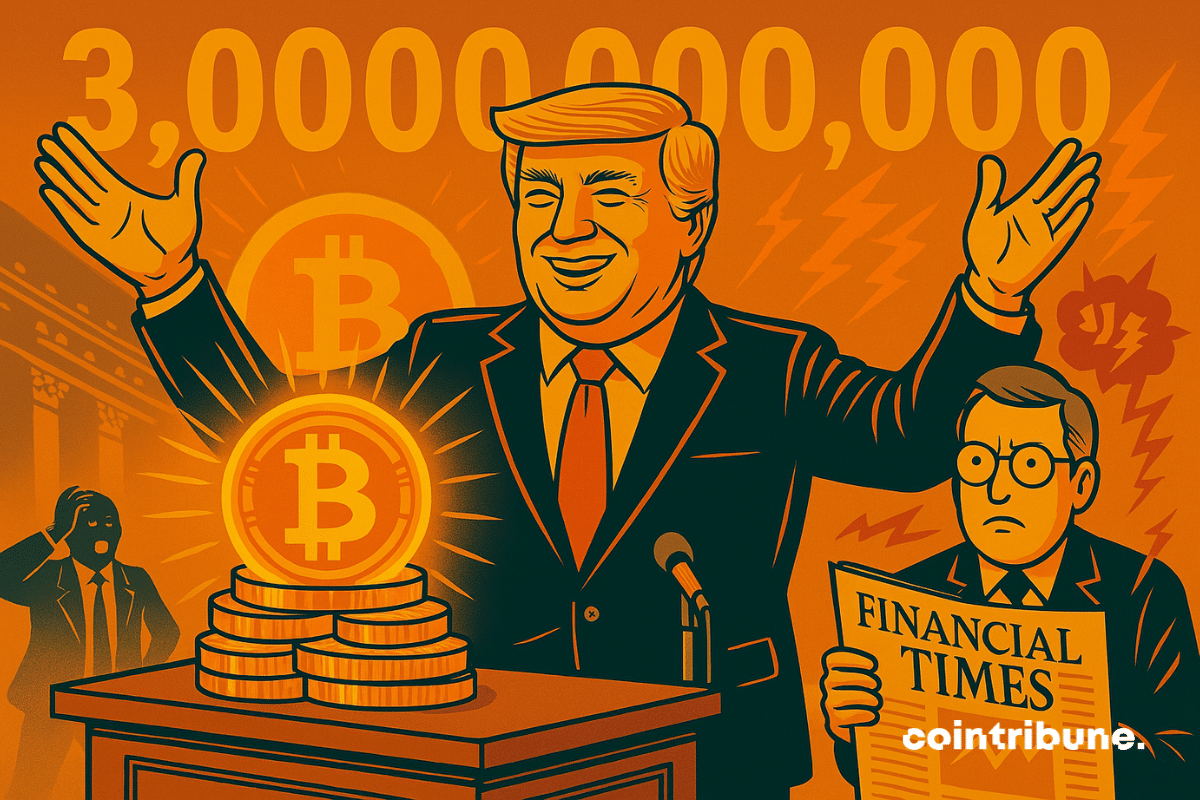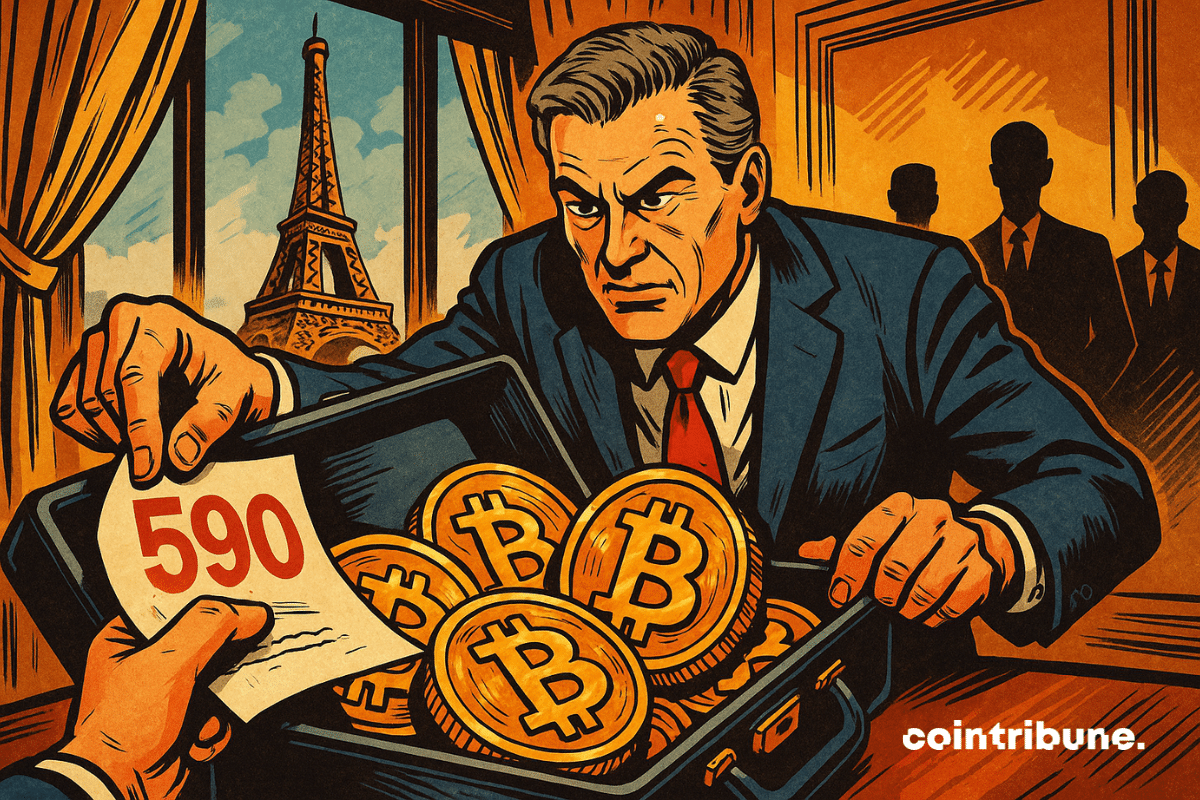Solana is currently going through a consolidation phase between $164 and $185, oscillating around $174. Paradoxically, this technical pause is accompanied by a remarkable vibrancy of its DeFi ecosystem. Will this momentum be enough to propel SOL beyond its current consolidation zone?
une
NFTs have lost their magic, but tokenized real assets could give them a second wind. Is crypto playing its last card?
Pakistan reverses course: after shunning crypto, it now acquires a nice treasure of bitcoin. We await the IMF's reaction, not sure it will be gentle.
Adam Back sees Donald Trump as a catalyst for the adoption of bitcoin. We provide all the details in this article!
Ethereum shows a spectacular increase of 50% over the last month, driven by growing optimism around a possible approval of staking in ETFs. This remarkable surge surprises investors who have previously favored bitcoin over ether. Is this euphoria a sign of a real turning point?
As the crypto market fluctuates between hopes of recovery and signals of caution, a discreet indicator draws attention: the evolution of staking on XRP. Despite recent upward movements, on-chain data reveals a clear decline in engagement on the XRP Ledger network. This disinterest, which contrasts with the apparent momentum of the crypto, could reflect a general loss of confidence among investors in the project's short-term viability.
Not seen Trump, but his pro-bitcoin envoys proclaimed in Vegas: America wants to mine, regulate, and dominate the crypto-world, while Beijing tightens the screws.
May 2025 will go down in history: Bitcoin has surpassed 111,970 dollars, an unprecedented peak that electrifies the market. However, behind the euphoria, analysts are tempering expectations. This surge comes on the eve of a historically fragile third quarter for the asset. Amid speculative excitement and signs of consolidation, uncertainty grips investors. Should this be viewed as the beginning of a new cycle or the start of a strategic pullback? Doubt settles in, fueled by lessons from the past and upcoming tensions.
Telegram raises $1.5 billion despite Durov's lawsuits and partners with xAI to integrate Grok. All the details in this article!
GameStop is betting big on Bitcoin: $513 million invested to revive its future. Discover how this bold gamble could revolutionize retail and shake up the crypto world. Ready to understand this revolution?
The former chief economist of the IMF, Kenneth Rogoff, accuses Bitcoin of contributing to the de-dollarization movement of the economy and weakening the supremacy of the dollar.
Remittances are redefining the role of cryptocurrencies in Latin America. Amid inflation, migration, and low financial inclusion, stablecoins emerge as a concrete solution for millions of people who depend on them.
The symbolic surpassing of $100,000 by Bitcoin has pushed the total capitalization of crypto-assets beyond €3 trillion. Fueled by this momentum, the neobank bunq has launched bunq Crypto, a crypto tab alongside regular checking accounts. The service has been available since April 29, 2025, in six European countries (France, Ireland, Netherlands, Spain, Italy, and Belgium), with Germany set to follow later in the year.
JUP surged 12% on Monday with rising volume and bullish signals. Analysts believe the token could be heading toward $1.
Christine Lagarde dreams of a digital euro supplanting the dollar in global exchange reserves. The United States, on the other hand, is betting on bitcoin.
The announcement had the effect of a shockwave: Donald Trump gives his full support to the Bitcoin Act, an ambitious bill planning for the purchase of one million bitcoins by the U.S. government. Far from the usual controversies, this initiative marks a decisive turning point in the country’s economic strategy, with profound geopolitical implications.
Bitcoin: historically low fees while the price hovers around $109,430! Is this the beginning of a new bullish cycle? Analysis.
Is El Salvador stopping its bitcoin hunt? The IMF confirms the stability of reserves, but Nayib Bukele is playing hide and seek with his crypto ambitions. What will happen next?
Ethereum validators want to nearly double the network's gas limit! More transactions, but also more challenges. Find out why this choice could change everything for the future of the crypto network.
While all eyes are on the development of RWAs in the Ethereum ecosystem or on the new Ondo blockchain, Avalanche positions itself as an outsider in this market. Indeed, the investment management company VanEck has just made an investment fund available to support the growth of RWAs in the Avalanche ecosystem.
Musk leaves the government before mandatory transparency. Tesla is in free fall, X is down, he seeks refuge in his factories. Is the economy of the empire already on borrowed time?
Interoperability is the great unfinished promise of Web3. As blockchains remain siloed, MetaMask, the quintessential Ethereum wallet, makes a strong move by integrating Solana, one of the fastest and most popular ecosystems at the moment. Thanks to its Snaps technology, this technical advancement paves the way for unified management. This is a strong signal in a sector that still struggles to fulfill its promise of a seamless decentralized web, where the investor controls their assets without borders or friction.
Dogecoin has just experienced a disruption that goes beyond the usual volatility of the crypto market. In one hour, the memecoin faced a liquidation imbalance of 200%, triggering a wave of losses on long positions. This unusual figure reveals far more than erratic movement. It highlights the increasing exposure of traders to relentless market mechanics. This is not an epiphenomenon, but a revealing signal of latent tension, in a climate where consolidation often conceals imminent breakages.
The French crypto sector is dragging its feet in the face of MiCA. The AMF is sounding the alarm: will you be ready before the fateful date? Find out why the race against time has just begun!
Fed meeting June 2025: inflation, unemployment, trade tensions... Discover how these crucial issues could disrupt interest rates and why some are already betting on bitcoin. Don't miss out!
After reaching a new historic peak, Bitcoin is entering a slight stabilization phase. Discover our complete technical analysis and the scenarios to watch for BTC.
Trump, the king of communication, denies a crypto fundraising. Fake news or a bluff? The behind-the-scenes of a series where nothing is really certain.
The price of Bitcoin is reaching historic peaks, but the interest it generates has never been so divisive. While some see it as a final opportunity, others question the relevance of an investment at this stage. This year, signals from financial institutions, influential investors, and the markets themselves are fueling a strategic debate: should we still buy Bitcoin, or has that train already left?
The Sui foundation expresses its support for the Cetus proposal to recover the funds stolen during the hack.
The wind is blowing strong in the crypto market, and Blockchain Group has just poured digital oil into it. The French company listed in Paris has raised no less than 72 million dollars to acquire nearly 590 new Bitcoins. A bold, frontal move, and especially unprecedented in France. While others talk about diversification, Blockchain is buying the future at face value.


